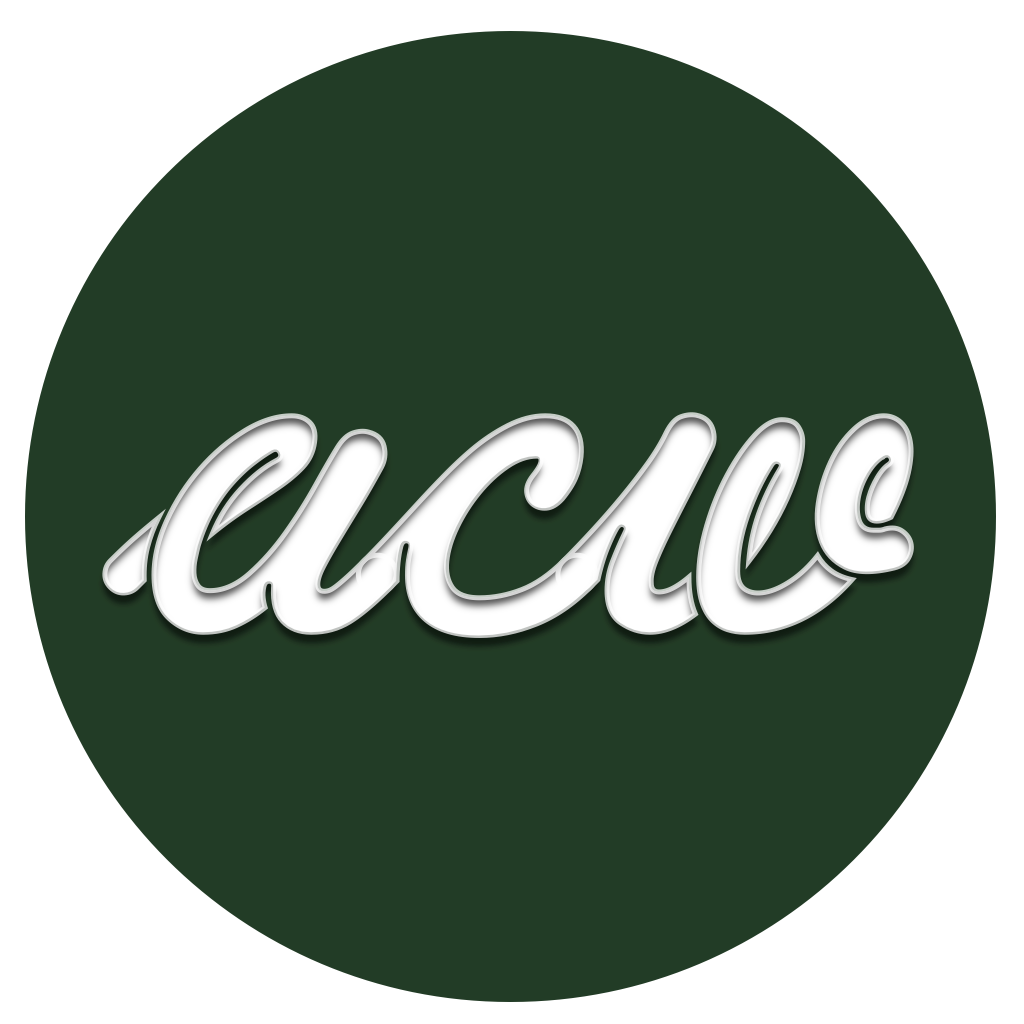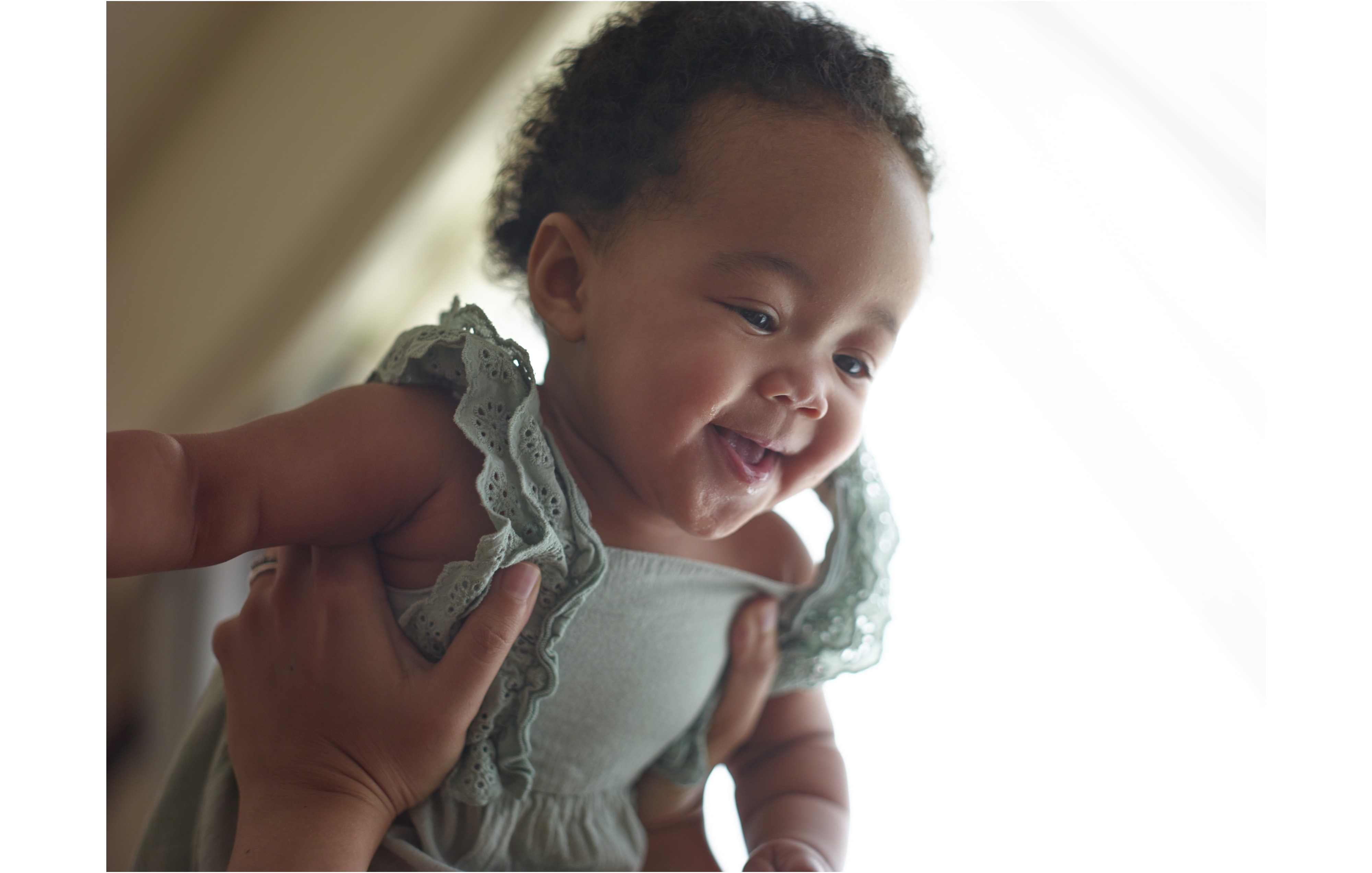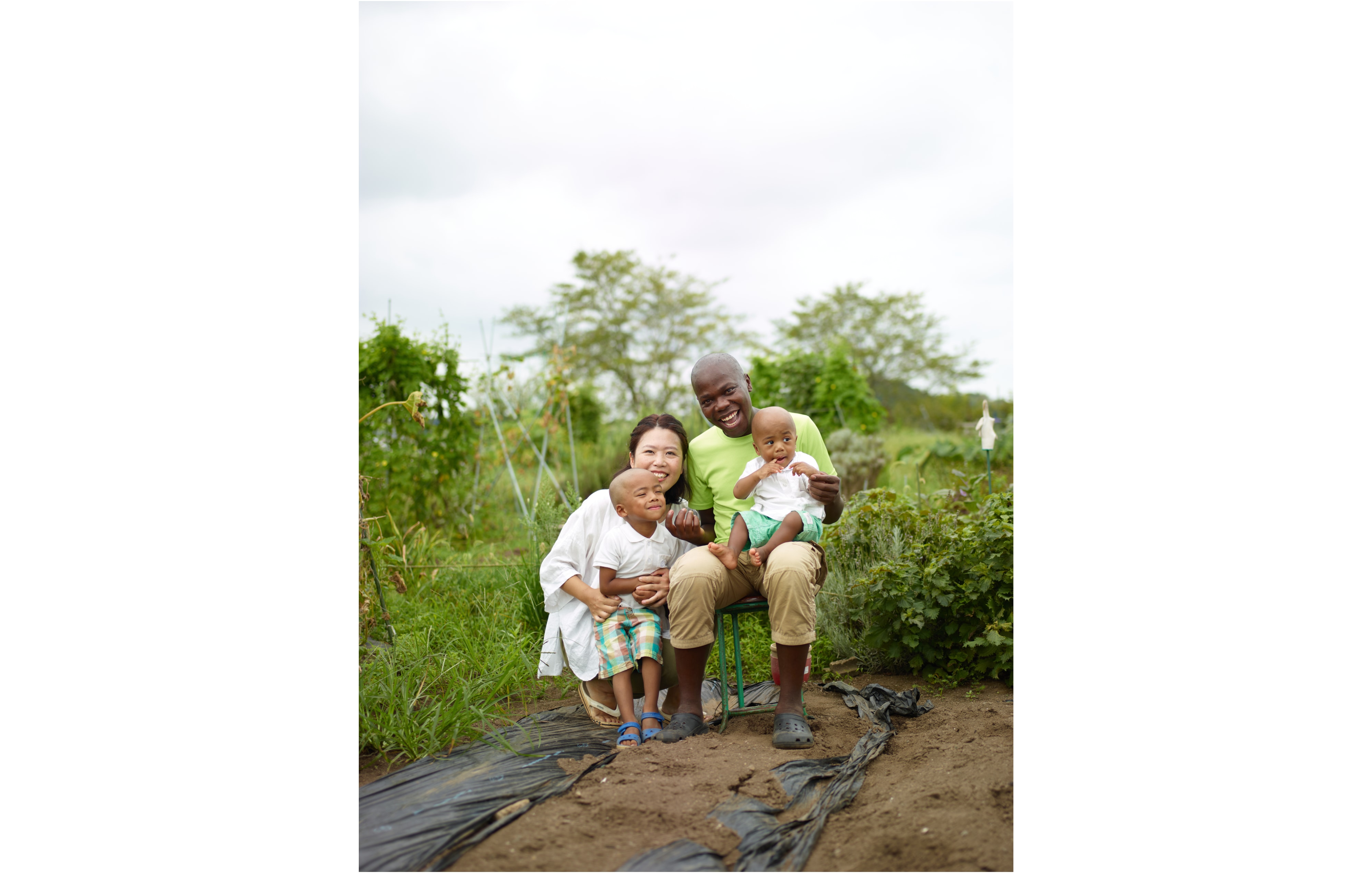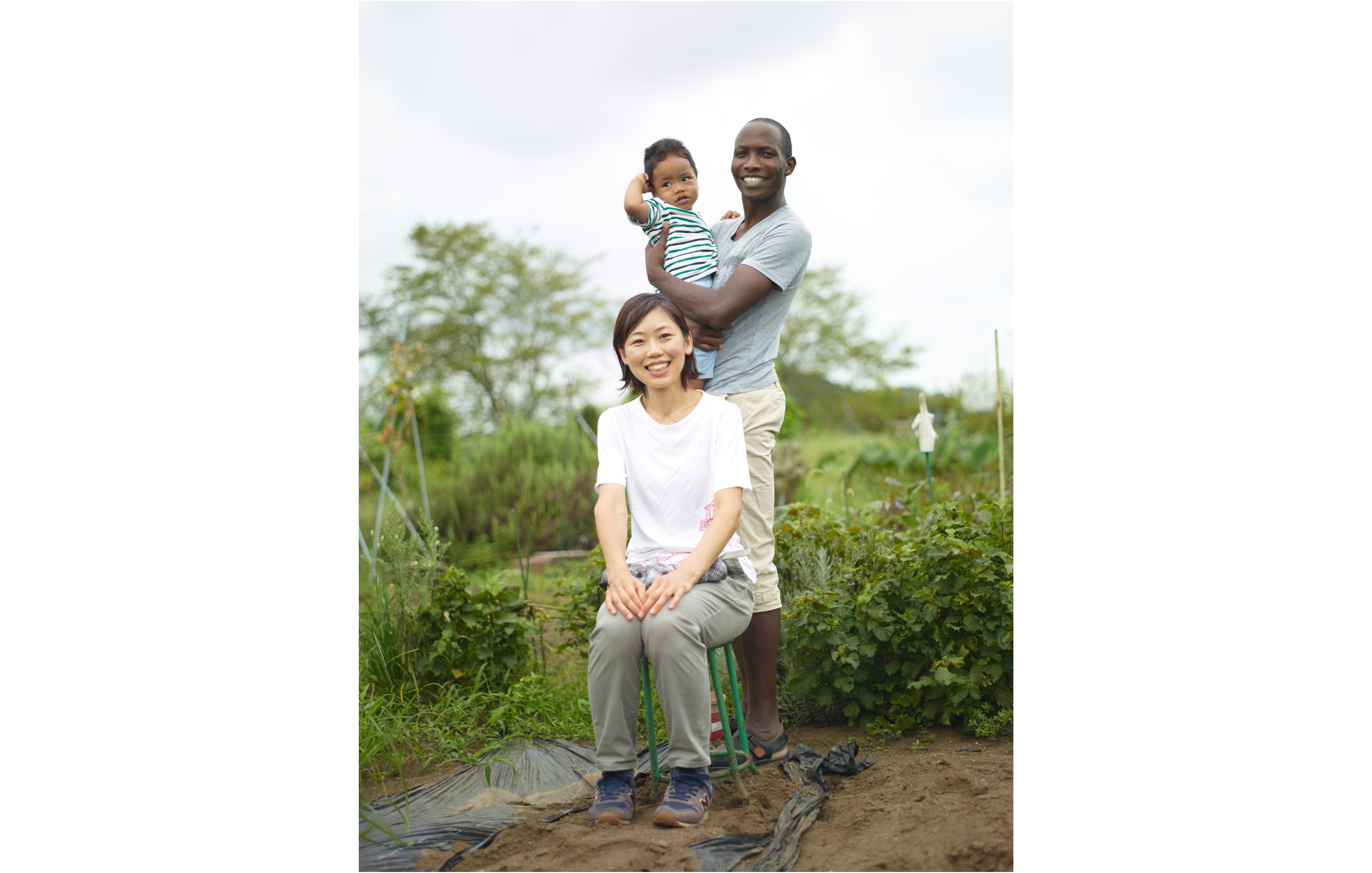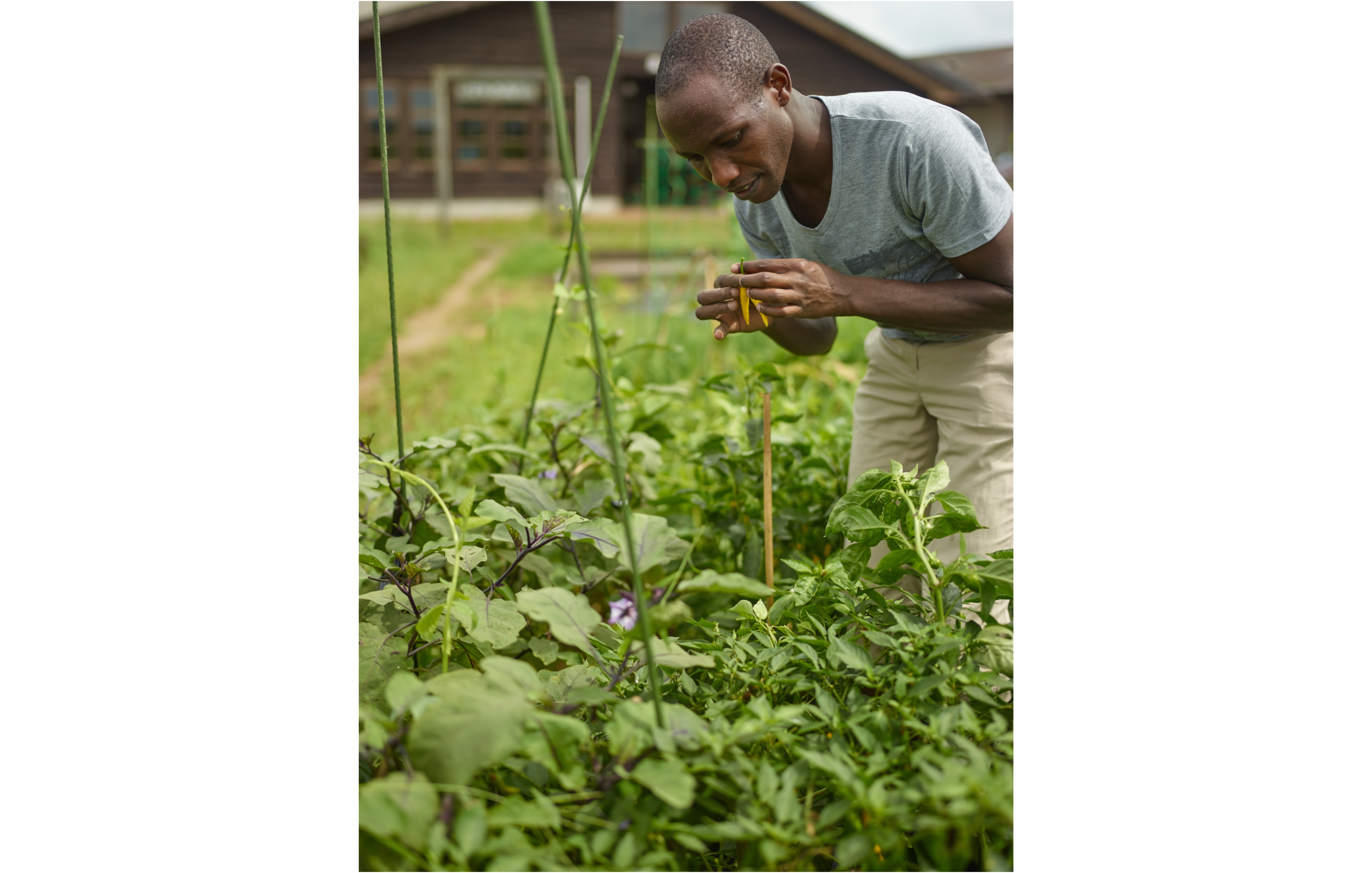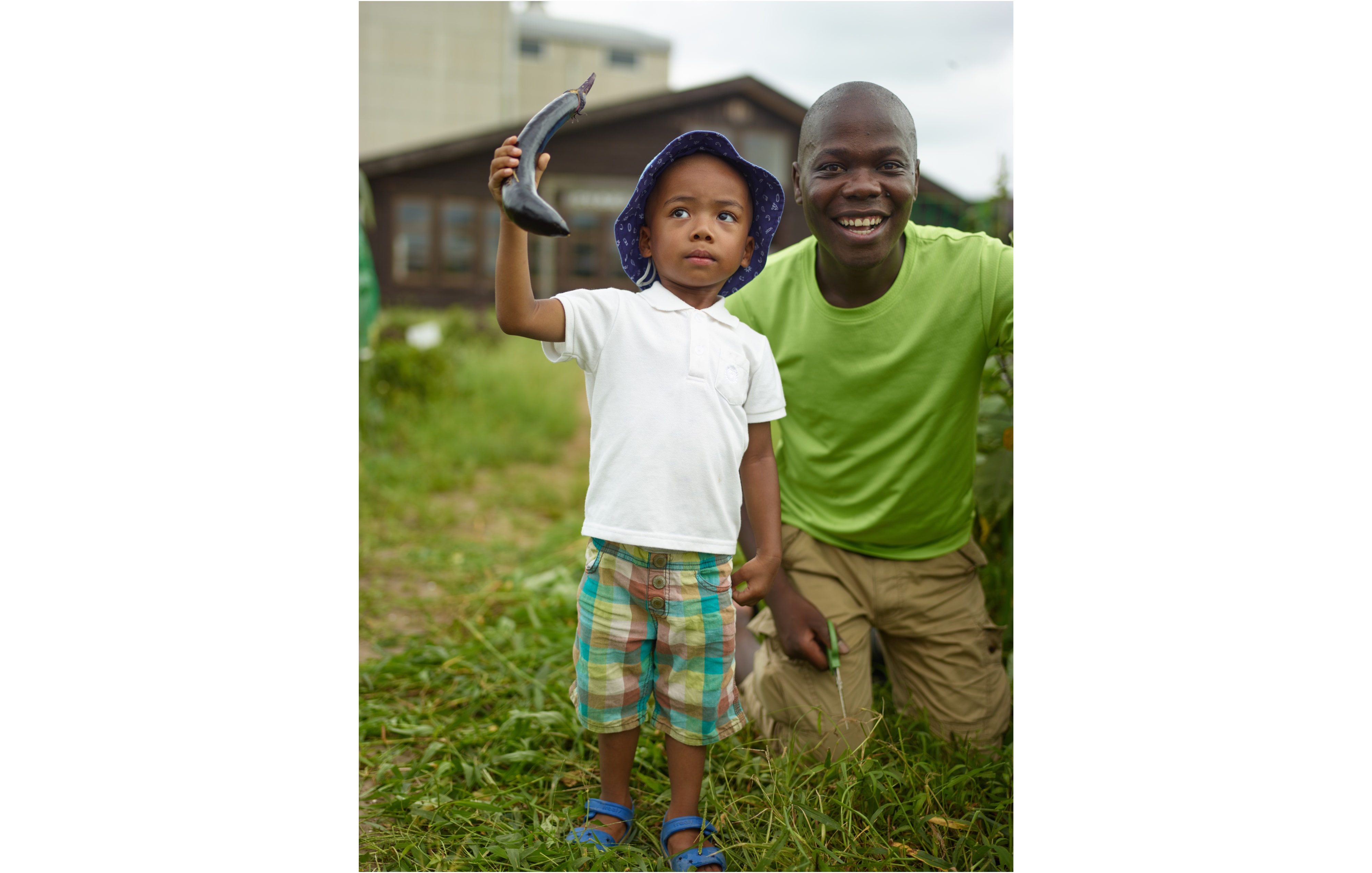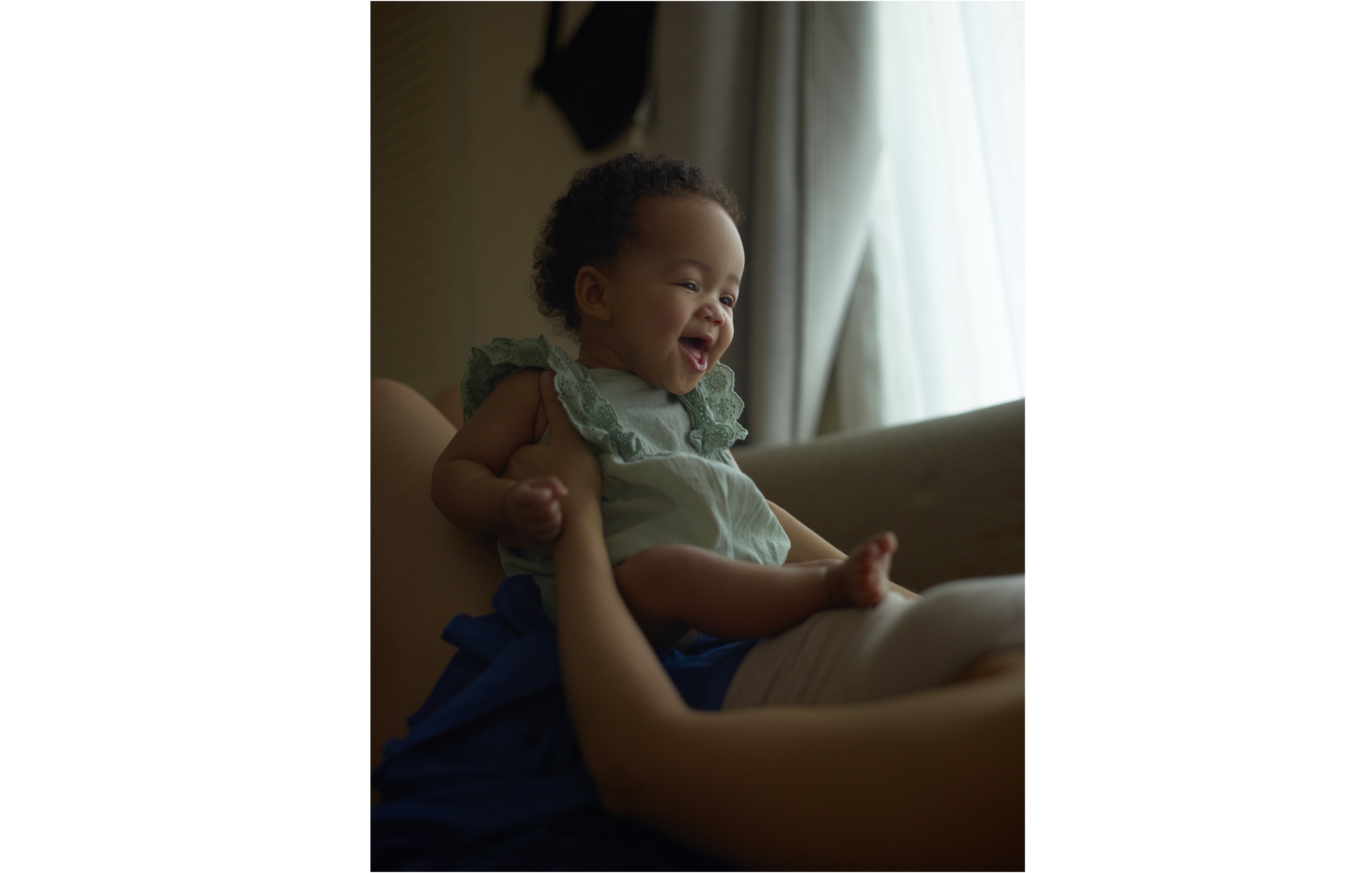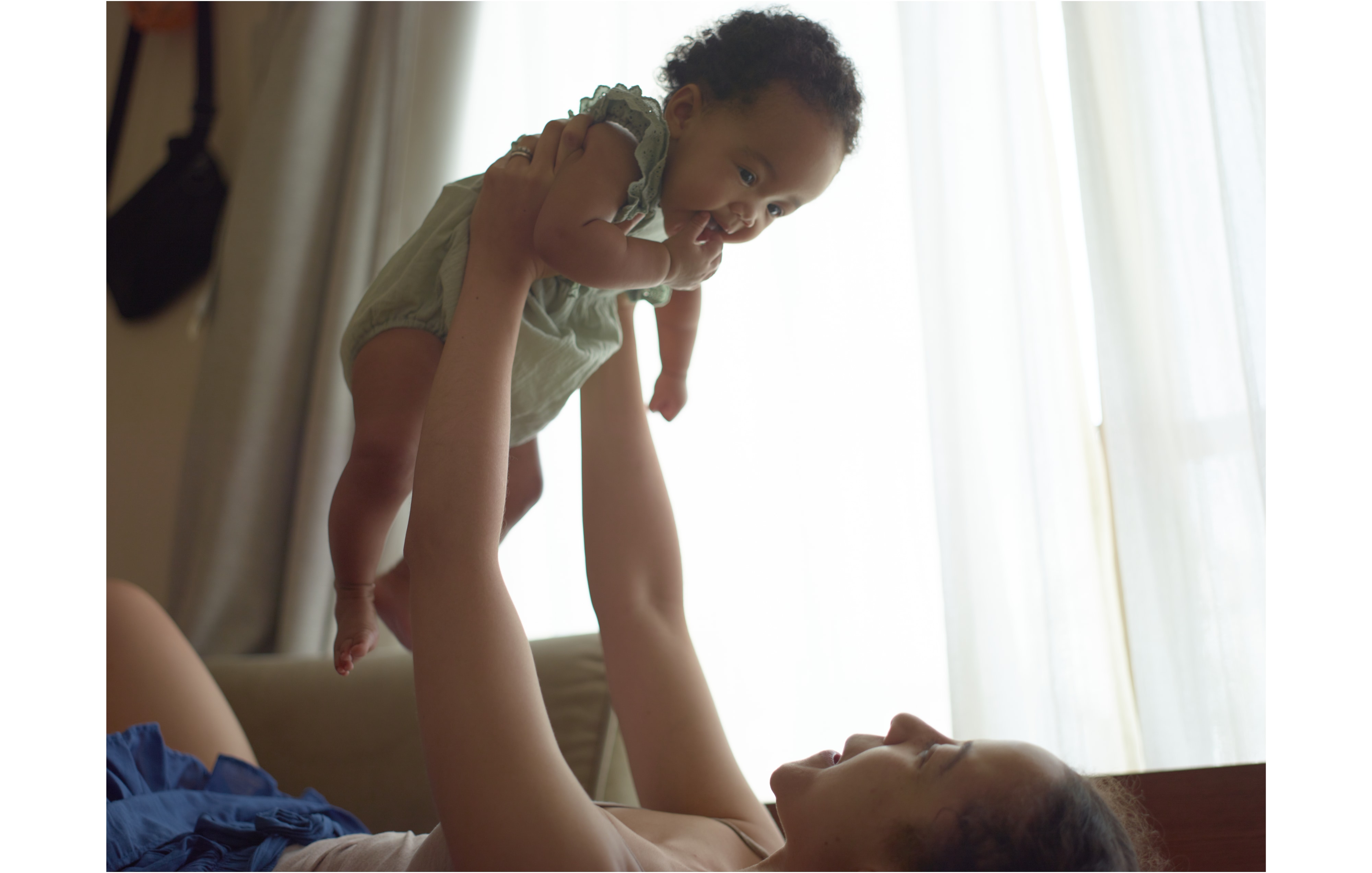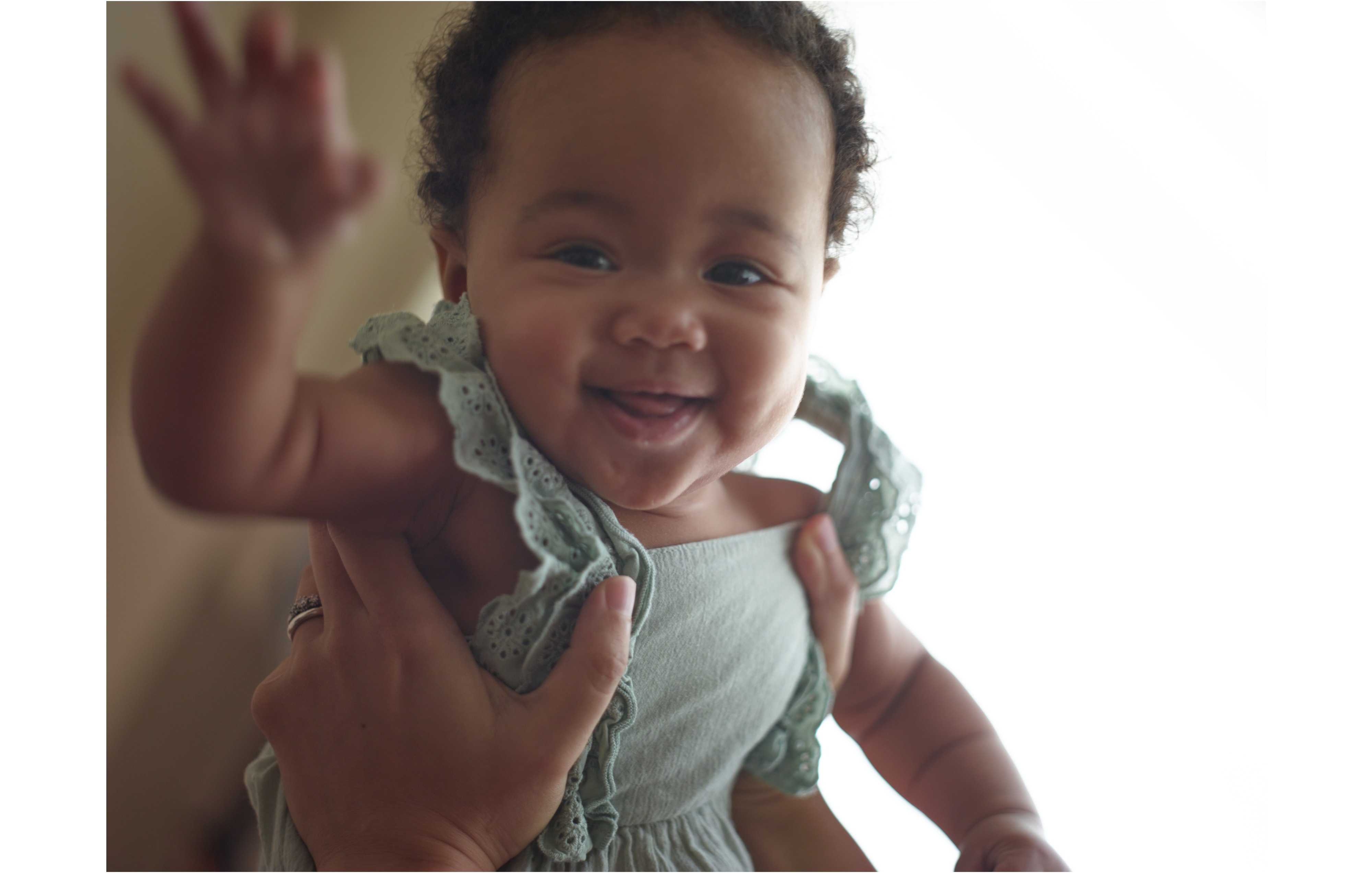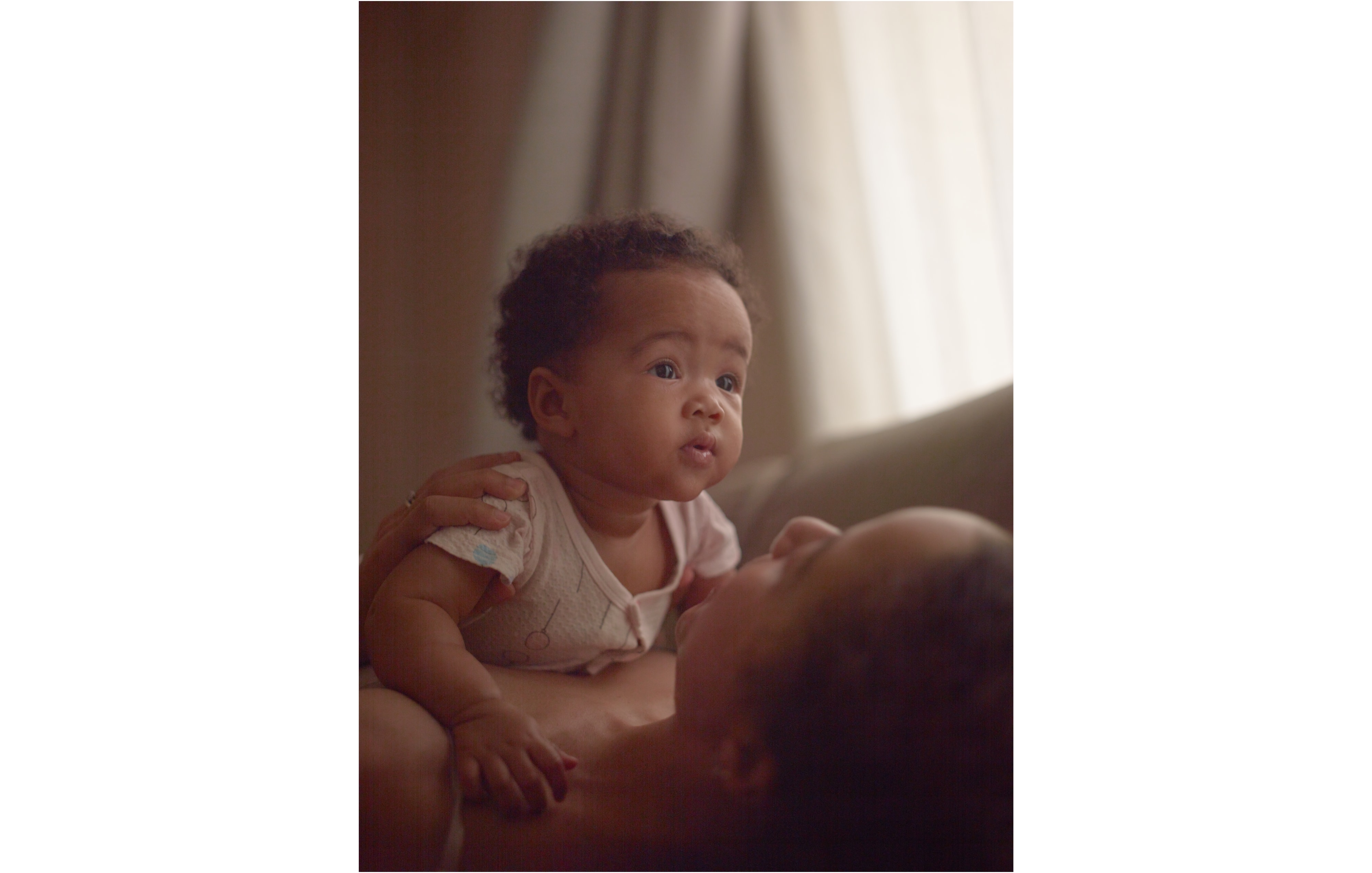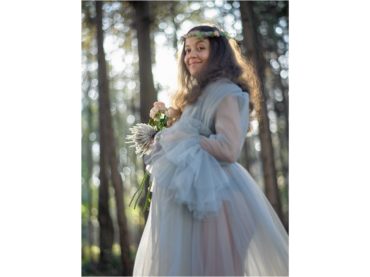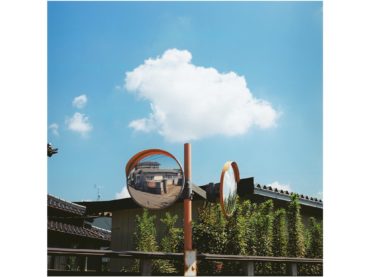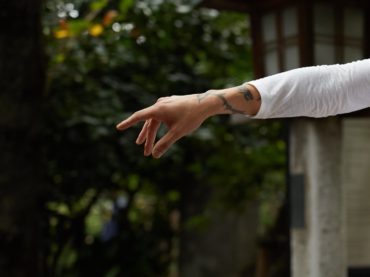I have recently, within the last two or so years, been lucky enough to purchase some of the things that I’ve really been wanting to for a long time. At the top of that list is a Contax 645, which along with my Hasselblad bodies has been my entry into the realm of hybrid medium format bodies. The idea of only shooting film kept me away from medium format for a really long time. There are a lot of people who will argue that shooting film makes you a more patient, and decisive photographer, and I 100% agree with the sentiment. However it’s fucking expensive, and the feedback is delayed as well. So, years ago I decided that a hybrid approach was best for me.
I am lucky enough to own a few digital backs for both my Hassy and C645 bodies. It took me many years to find a Phase One IQ180 in Contax mount, but I have indeed found one, and it really does feel like a natural extension to that camera. I also had someone make me an adapter for Pentax 6×7 lenses, so that I can adapt them onto the Contax 645, meaning I can shoot Pentax 6×7 (albeit on a 6×4.5 medium), digitally. So far, I’ve been using them on it more than the native lenses. It is a very interesting combo to say the least. I’ve always loved the Pentax 6×7 lenses. The 90mm, and the 105mm in particular have gorgeous renderings, however (I’m not 100% sure about this) my 105mm tints everything with a strong yellow color that is quite difficult to remove in editing… maybe it’s the thorium?
It took a verrryyy long time to get used to the IQ180 files. First, I’ve never had to deal with files that big before, and second I didn’t like the OOC colors at all.
I actually liked the way the files in my old P25 turned out more. Which made me realize that all of these years I’ve been a heavy supporter of anything with a CCD chip, but after comparing the files of these two digital backs, I think that I may have realized that that ‘look’ that I like, is more than likely a Kodak CCD chip ‘look’ from that era. The Dalsa chips are not the same. They are really nice, when you work them properly though, and have a more polished and clean look to them. I did an impromptu maternity shoot with my wife, and so I’ll post that so that you can get an idea of what I mean, I shot all of those pictures on the P25.
The 180’s rendition is somewhat closer to a modern camera. It took a while for me to get files out of it that I didn’t feel were too ‘plasticky’. It’s kind of a strange thing to say, but because of the age of the P25, I can tolerate its faults. Knowing that if I shoot at anything around ISO 200, I should expect noise, or less dynamic range. I didn’t expect to use it for anything professional when I purchased it, so it’s quite freeing when I do use it. I really wanted perfection out of the 180 though, even though it too is quite old. It definitely does deliver, but it takes some persuading. Here are some of the first photos I took of people who were out gardening with their families as a test shoot:
The photos came out nice, but in all honesty, I didn’t feel as though it was something I couldn’t have done and got similar results with a 135-format camera. However, the resolution was incredible and in all honesty an outdoor, candid family shoot probably isn’t the intended use of such a powerful tool. I fully hope to be able to shoot proper studio portraits with this at some point. NOTE: most of these shots are with either the Pentax 6×7 90mm or the 75mm (f2.8) lenses.
My next step was to find the limitations of the sensor. I did an extremely casual test (and got cursed out by many older photographers for not properly planning this out) to see which ISOs were usable and how far I could push the ISO in editing before noise became distracting. I also tested out using a filter to kill the ‘clinical’ look of the sensor a bit… just to test it out. I used my daughter as a model to test this. The 4th photo (the one that has a reddish tint to it, is the noisiest photo of them all, but it may not be so apparent at this size). A lot of them are out of focus, but I still like them. Here are some of the pictures I got out of that experiment:
It’s a bit challenging using equipment that so few people have access to, because there aren’t many people that you can ask for advice from. I only know of three people who have/had an IQ180 or 280 for C645. One of them is a person I was going to buy from, but they changed their mind. He told me though that it took him a long time to get to the point where he actually liked the files he got out of it, and he regretted buying it for a while. I totally understand that feeling. First, there are no in-body picture profile settings for things like contrast, or saturation in the 180. I thought this was quite strange, because I’ve used other, older digital backs that have that functionality (like the Leaf Aptus series, which I will do a post on later). I don’t know why P1 doesn’t allow you to just alter that on the back, but it’s really not a big deal. This random photo, is the one that made me feel like I can get the files to do what I’m envisioning:
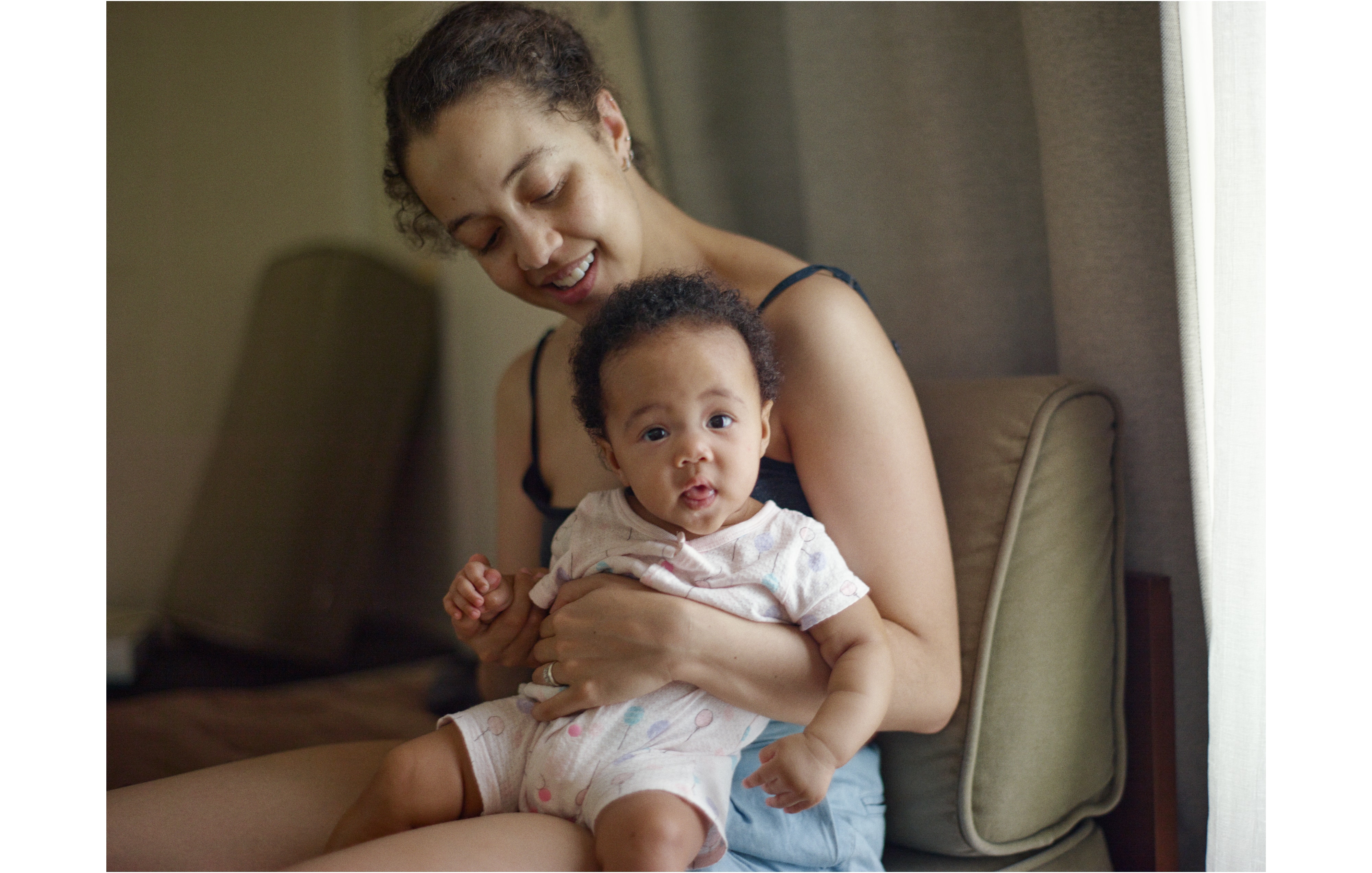
It took a lot to get it to look more ‘natural’, and I’m still not 100% happy with it, but it convinced me to keep working on the files.
It takes time to figure out where the starting point is when you begin editing. It changed for me based on the lens, and the ISO used. Unless you’re outside shooting in daylight or in a studio or really any place that isn’t dark, the highest ISO that I found I could tolerate was… 50. In settings with high dark/light contrasting zones in the frame, or just darker scenes in general, noise will be noticeable even at 100 ISO. It will be negligible below that. Which makes me think that the digital back is a good companion to using it with a normal film back, but not a complete replacement, especially in settings with dynamic lighting.
Noise is somewhat permanent. I say this, because I personally don’t know of any software that can remove noise, without adding more ‘plasticity’ to the photo. I remember there were a few good ones for video editing a while back, but I’m not sure if they were as good as I’m remembering them, and I’ve seen what the AI noise removing software is capable of, and I don’t really like the results. So shooting with this means either shooting in light-abundant settings only, or accepting a bit of noise.
This post is really just a mish-mash of random thoughts I have on my first experiences, and I will most definitely do a more collected post as I get more familiar with the equipment, but I do want to say that the 500C/M is a work of absolute genius! I love everything about that camera. You can see my entire first roll here.
